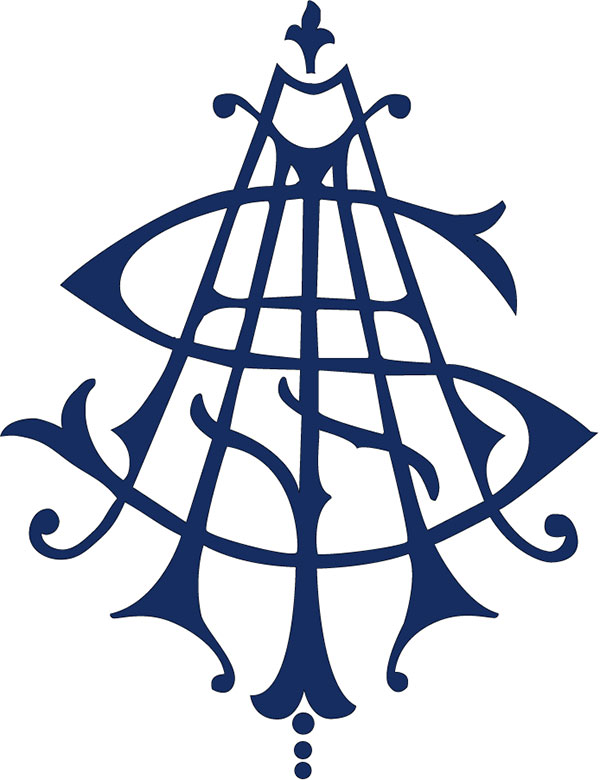Backdrops
American Association for the Advancement of Science

The early and rather ornate logo for the AAAS. Image courtesy of American Association for the Advancement of Science.
The American Association for the Advancement of Science, today the world's largest general scientific society, and publisher of the Science family of journals, is an outgrowth of the Association of American Geologists (AAG), of which Edward Hitchcock was a founding member and first president. As early as 1837, Hitchcock approached his geological colleagues in Philadelphia, New York, and other American cities about forming a professional association. The AAG was formally convened in 1840, holding its first meeting in the Albany, New York, home of Ebenezer Emmons. By 1845, it had expanded its mission and changed its name to the Association of American Geologists and Naturalists, and in 1848 became subsumed into the new American Association for the Advancement of Science (AAAS), which held its inaugural meeting in Philadelphia.
There was some controversy over who truly first conceived the idea of the AAG. According to the memory of the New York state geologist James Hall, it was Lardner Vanuxem, a Philadelphia-born geologist who had served as Hall's associate on the New York Geological Survey. Others credited Hitchcock. William Williams Mather assured Hitchcock in a letter that he distinctly recalled his efforts of the late 1830s. In 1849, seeing his contributions unacknowledged by the AAAS, Hitchcock wrote to Jeffries Wyman, who was on its publishing committee, asking him to rectify the public record.
Like the British Association for the Advancement of Science on which it was modeled, the AAAS welcomed the public to lectures, dinners, and field trips at annual meetings that took place over a series of days. Despite any wound to his pride, Hitchcock was an active member, serving as a host to the AAAS's thirteenth annual meeting, held in Springfield, Massachusetts, in 1859.